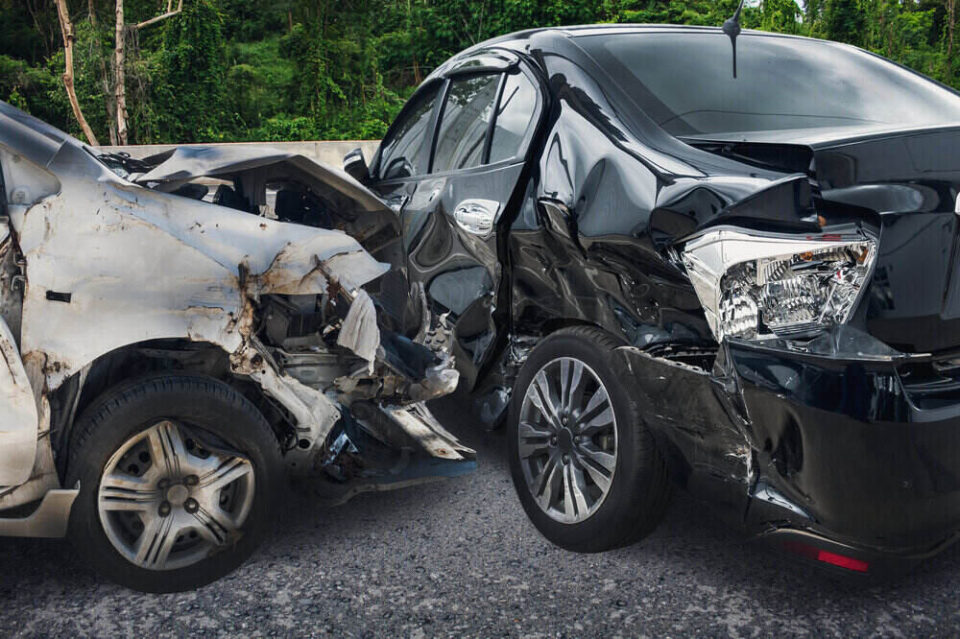You’re cruising down the highway, your favorite song on the radio—not a care in the world. Then catastrophe hits. You’re in a car crash. You didn’t see it coming, but it’s here—abrupt and terrifying.
This article delves into the science of such collisions, their causes and effects, and the role of human error. We’ll also explore how technology can reduce risks and how you can stay safer on the roads.
Buckle up; it’s going to be an enlightening ride.
The Mechanism of Car Collisions: A Scientific Perspective
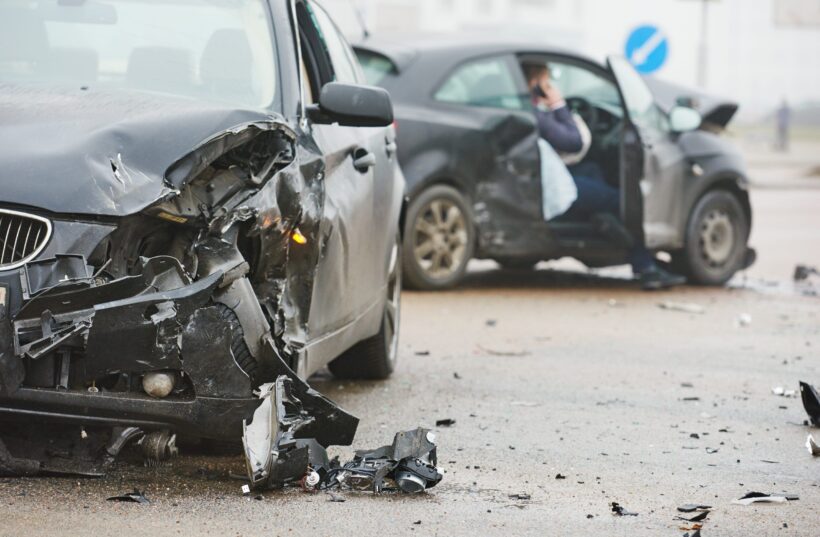
In this section, you’ll delve into the mechanics of car collisions from a scientific perspective. Understanding this involves a basic knowledge of Newton’s laws of motion, particularly the first law, often referred to as the law of inertia. This law essentially states that an object in motion tends to stay in motion unless acted upon by an external force.
When you’re cruising down the highway at 70mph, you and your car are moving together at the same speed. If you suddenly collide with another object, your car’s speed decreases rapidly. Your body, however, wants to keep moving at the same speed, and unless something stops you (like your seatbelt), you’ll continue moving forward until you hit the dashboard or windshield.
The force of impact during a collision is determined by the speed and mass of the cars involved. The faster and heavier the car, the greater the force upon impact. This force is what causes the damage seen in car wrecks, both to the vehicles and to the human bodies inside them.
Next, we’ll be unveiling the common causes of dangerous collisions, providing a clearer picture of how these calamitous incidents happen.
Unveiling the Common Causes of Dangerous Collisions
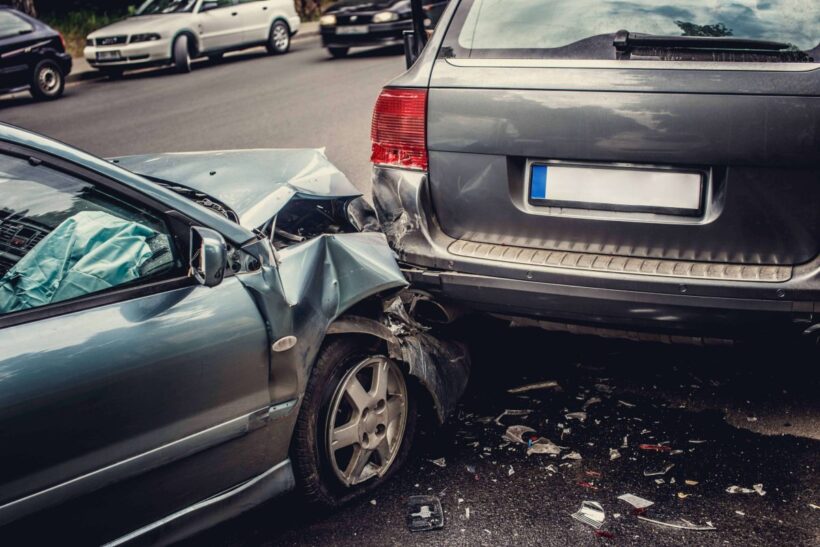
Understanding the common causes behind the deadliest car crashes sheds light on why these devastating accidents occur. They often result from a complex interplay of factors, rather than just one singular cause.
Foremost, distracted driving emerges as a major contributor to these lethal incidents. Whether it’s texting, eating, or adjusting the radio, diverting one’s attention from the road even for a brief moment can result in a fatal collision.
Speeding stands as another prevalent factor. It not only heightens the likelihood of an accident but also amplifies the impact and potential for severe injuries.
Driving under the influence of alcohol or drugs remains a well-known cause of these perilous collisions. These substances impair one’s ability to drive, slowing reaction times and affecting judgment. Furthermore, engaging in reckless driving behaviors such as tailgating, changing lanes without signaling, or running red lights can lead to serious accidents.
Poor weather conditions also contribute significantly to these car crashes. Rain, snow, or fog reduces visibility and can make the roadway slippery, thereby increasing the risk of accidents.
Lastly, ignoring traffic laws and signals emerges as a common cause of car crashes. It is imperative to heed traffic signs and signals to maintain safety on the roads.
The immediate and long-term effects of auto accidents

How often have you considered the immediate and long-term effects that auto accidents can inflict on a person’s life? Likely, you’ve not pondered this unless you’ve experienced it firsthand. However, it’s crucial to understand these consequences, both:
Immediate Effects
- Physical Injury: You might sustain injuries ranging from minor scrapes to severe trauma, which can lead to life-altering conditions.
- Psychological Impact: Accidents can induce immediate shock, fear, and even post-traumatic stress disorder.
Long-Term Effects
- Chronic Pain: Injuries from accidents, such as whiplash, may lead to long-lasting discomfort.
- Financial Strain: You’ll also face the economic burden of medical bills, vehicle repairs, and a potential loss of earnings.
- Emotional Distress: The emotional trauma can linger, causing anxiety, depression, and phobias related to driving.
As a driver, it’s not just about knowing how to operate a vehicle. You must also be aware of the potential aftermath of an accident. By understanding these ramifications, you’re better equipped to take preventative measures, ultimately reducing your risk of enduring these debilitating impacts.
Dissecting the Role of Human Error in Vehicle Crashes
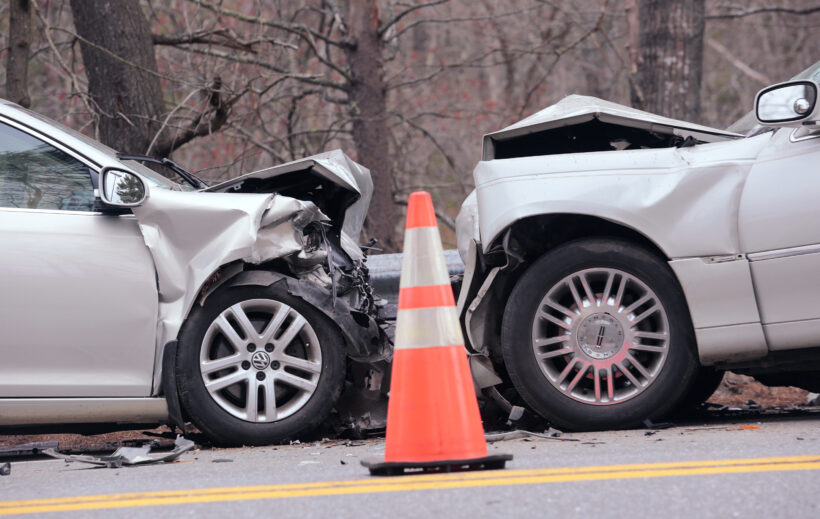
Surprisingly, you’re more likely to be involved in a vehicle crash due to human error than any other factor, and by understanding this, you can take steps to improve your driving habits.
Human error is a broad term that includes numerous mishaps, such as distraction, fatigue, intoxication, recklessness, and lack of experience.
Distraction is a major culprit, often resulting from activities like texting, eating, or changing the radio station. You should always keep your eyes on the road and your hands on the wheel.
Fatigue impairs your ability to react quickly and make sound decisions. Ensure you’re well-rested before hitting the road.
Intoxication from drugs or alcohol significantly reduces your motor skills and reaction times, making it a leading cause of accidents. It’s crucial to avoid driving under influence.
Recklessness and overspeeding are also common errors. Adhering to traffic rules and maintaining a safe speed are necessary.
Lastly, lack of experience can lead to mistakes. New drivers are particularly prone to this. It’s important to gain sufficient experience under different driving conditions.
The Impact of Weather and Environmental Factors on Road Accidents
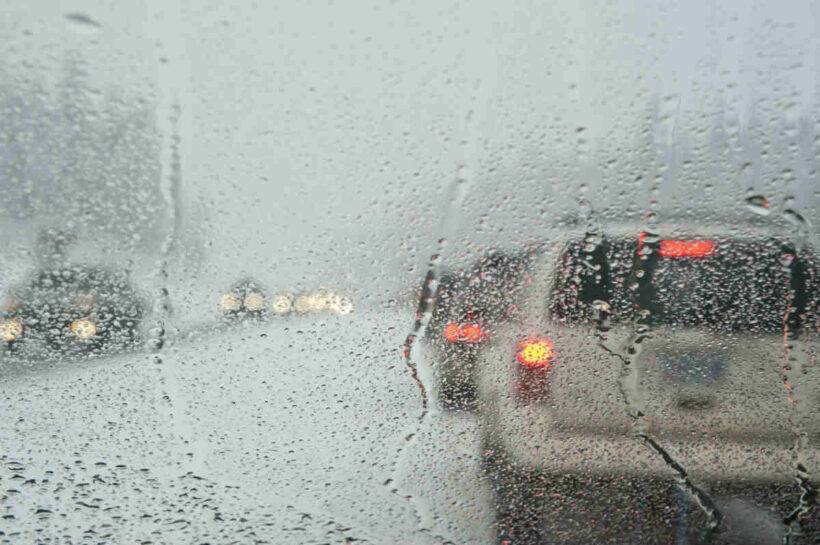
While human error often tops the charts, you shouldn’t underestimate the role weather and environmental factors play in causing road accidents. These elements can unpredictably affect driving conditions, visibility, and vehicle performance.
To better grasp the impact, consider the following:
Weather Conditions
- Rain: It can create slick road surfaces, reducing tire traction and increasing the likelihood of hydroplaning.
- Snow or Ice: They can drastically reduce visibility and control, making driving treacherous.
- Fog: It significantly reduces visibility, requiring extra caution and slower speeds.
Environmental Factors
- Light Conditions: The glare of the sun or oncoming headlights can temporarily blind drivers.
- Road Conditions: Potholes, debris, and uneven surfaces can lead to loss of vehicle control.
- Animal Crossings: Unexpected animal activity can cause sudden, dangerous maneuvers.
These factors, often beyond a driver’s control, can drastically increase the risk of accidents. It’s critical to understand and respect their potential danger.
Next, we’ll explore how technological advancements are starting to mitigate the risk of such collisions.
Technological Advancements: Mitigating the Risk of Collisions
You’ve likely heard about many technological advancements in vehicles, but few are as significant or impactful as those designed to prevent accidents and save lives.
For instance, automated braking systems can detect a potential collision and apply the brakes automatically, even if the driver doesn’t respond in time.
Lane departure warnings alert drivers when they start to drift out of their lane, preventing potential side-swipe accidents.
Adaptive cruise control not only maintains a set speed but also adjusts that speed to keep a safe distance from the vehicle in front.
Blind-spot detection systems warn drivers when another vehicle is in their blind spot, helping to prevent accidents during lane changes. These technologies use a combination of sensors, cameras, and radar to monitor the vehicle’s surroundings and respond to potential hazards.
Collision avoidance systems take this a step further, using advanced algorithms to predict potential accidents and take proactive steps to avoid them, such as steering the vehicle away from danger. These systems are continually improving, thanks to advancements in artificial intelligence and machine learning.
Now, while technology can help mitigate the risk of collisions, it’s essential to remember that it’s not a replacement for safety measures and responsible driving.
In the next section, we’ll explore how to avoid tragic accidents through safe and responsible driving practices.
Safety Measures and Responsible Driving: How to Avoid Tragic Accidents

Seatbelts and airbags, known as passive safety measures, can save your life in a crash, but it’s equally important that you actively employ responsible driving techniques to avoid accidents in the first place. This means you should focus on maintaining a safe following distance, adhering to speed limits, and understanding the importance of right-of-way rules.
Here’s a detailed look at these essential driving techniques:
Maintaining a Safe Following Distance
- Always leave a three-second gap between you and the vehicle in front.
- Increase this distance in adverse weather conditions.
Adhering to Speed Limits:
- Remember, speed limits are maximums, not targets.
- Adjust your speed to match the road and traffic conditions.
Understanding Right-of-Way Rules:
- Never force your right of way, even if you believe you’re entitled to it.
- Be patient, especially at intersections and pedestrian crossings.
In conclusion, the road isn’t a place for heroics. It’s a place for responsibility and respect for the rules. By understanding and practicing these techniques, you’ll significantly reduce your risk of being involved in a tragic accident.
Drive safely, and remember, it’s better to arrive late than never.
Conclusion
In life’s journey, you’re the driver. Accidents—those sudden, horrifying collisions—are the potholes you never anticipate. They’re fueled by factors like human error, harsh weather, or simple bad luck.
Yet, with advancing technology, we’re paving the way for safer travel. Remember, your choices behind the wheel can protect or endanger. So buckle up, stay alert, and drive responsibly.
Your journey isn’t just about reaching the destination; it’s about making sure you and others arrive safely.

